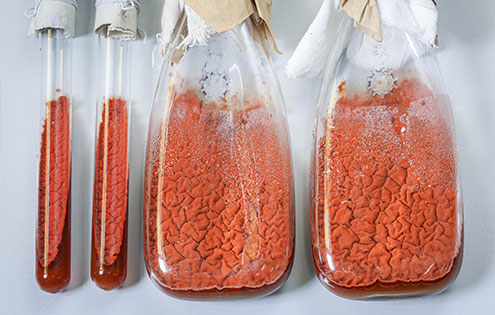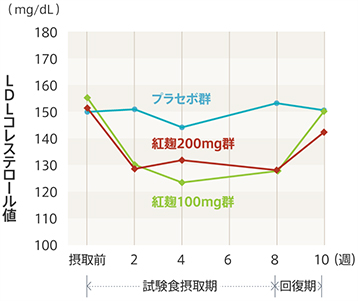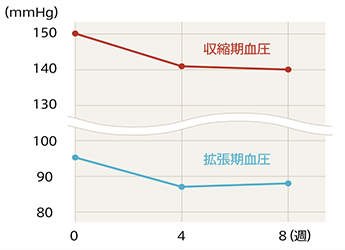

What is Red Yeast Rice?
Red yeast rice is the product of monascus grown on white rice. In Asian countries, the application of monascus species in food dates back over thousands of years.
What is Monascus?
Monascus, is a small filamentous fungus. The Chinese National Microbial Resources Platform has a collection of over 300 strains of Rhodotorula in 20 species. Monascus is divided into six species: M. pilosus, M. purpureus, M. ruber, M. floridanus, M. pallens and M. sanguineus. Monascus is also a saprophytic fungus, acid-loving, especially lactic acid. In nature, Monascus occurs as a contaminant in silage, cereals, starch and cow's milk.
The Main Metabolites of Monascus
The metabolites of monascus are complex and can be broadly divided into primary and secondary metabolites.Primary metabolites: Compounds directly related to the growth of the bacteria, such as enzymes, fatty acids, amino acids and organic acids (malic, succinic, lactic, etc.), as well as some alcohols and esters, are obtained during the fermentation of monascus.
* "M." is the abbreviation of "monacus".










